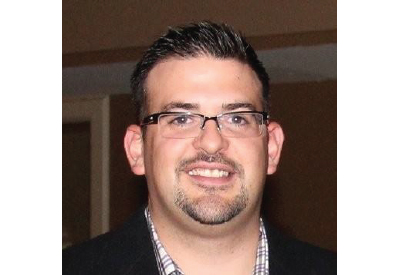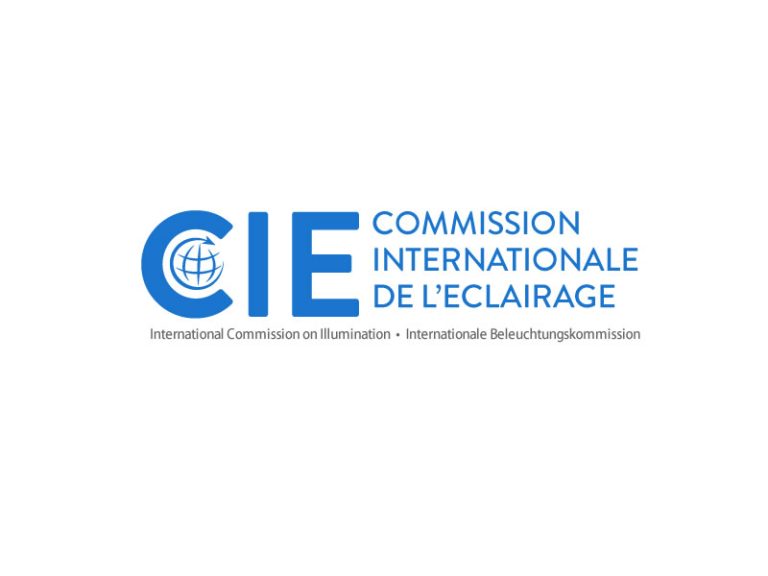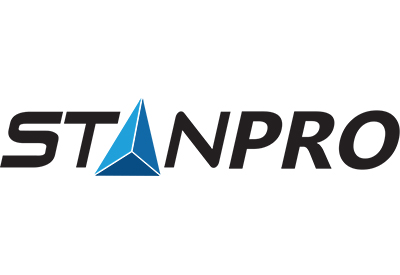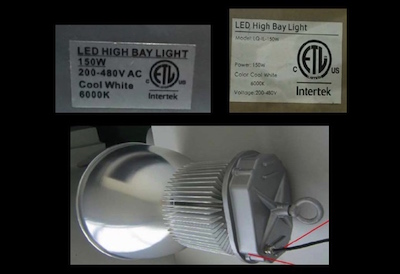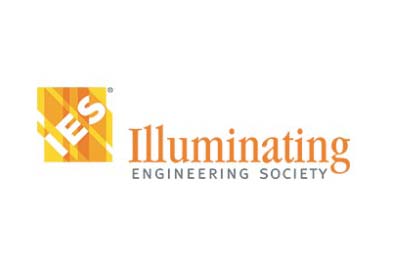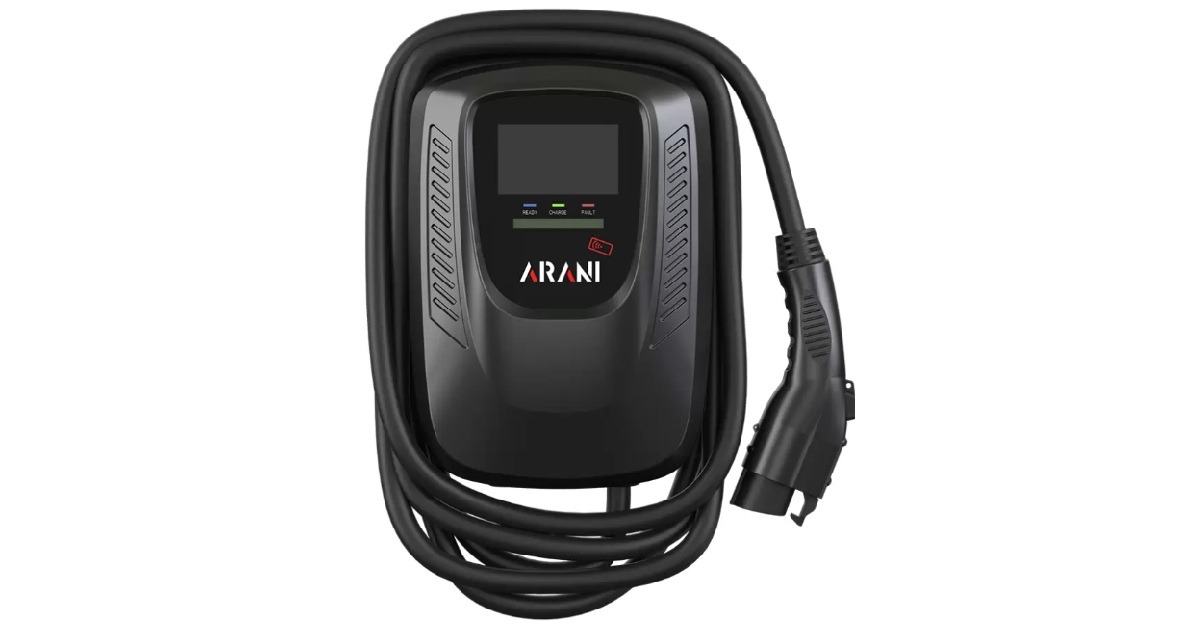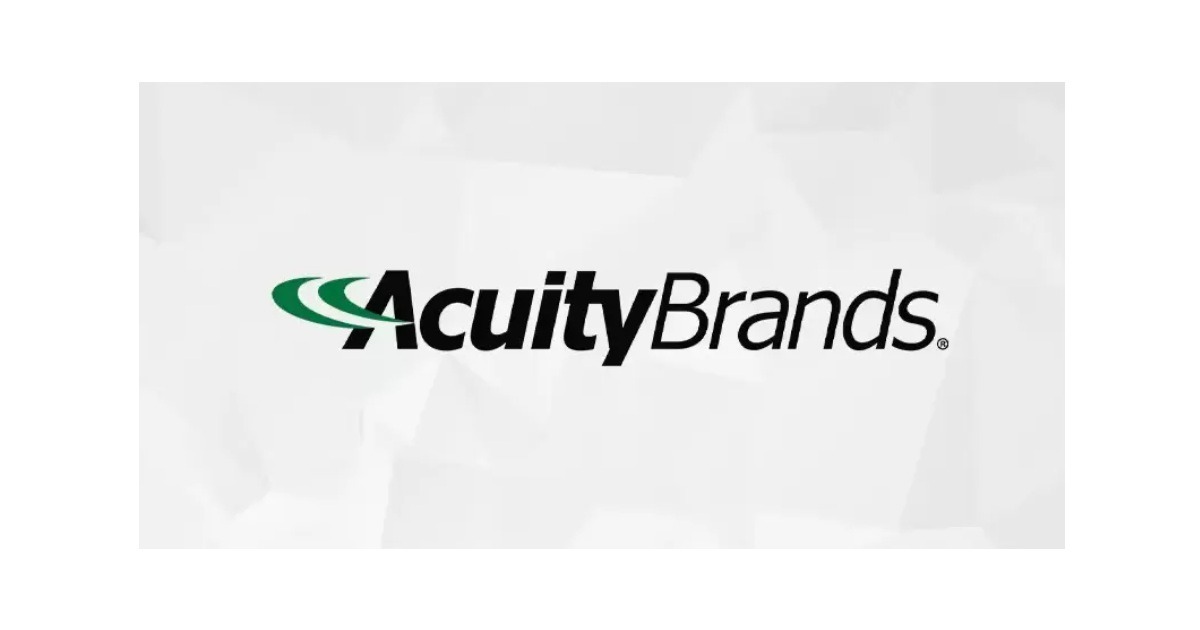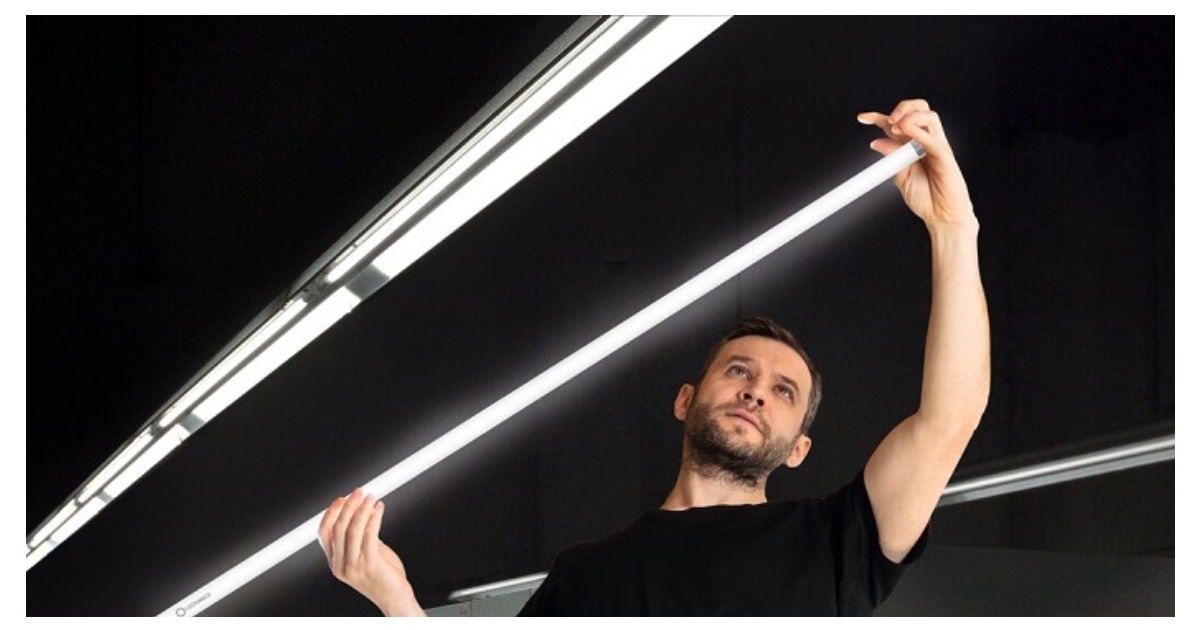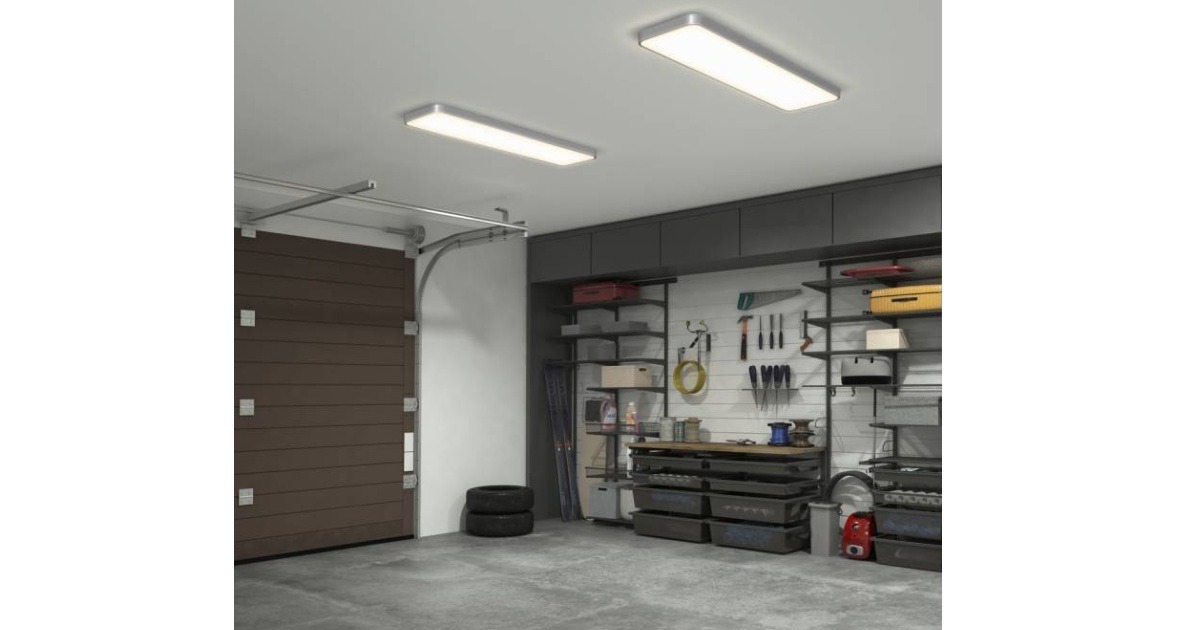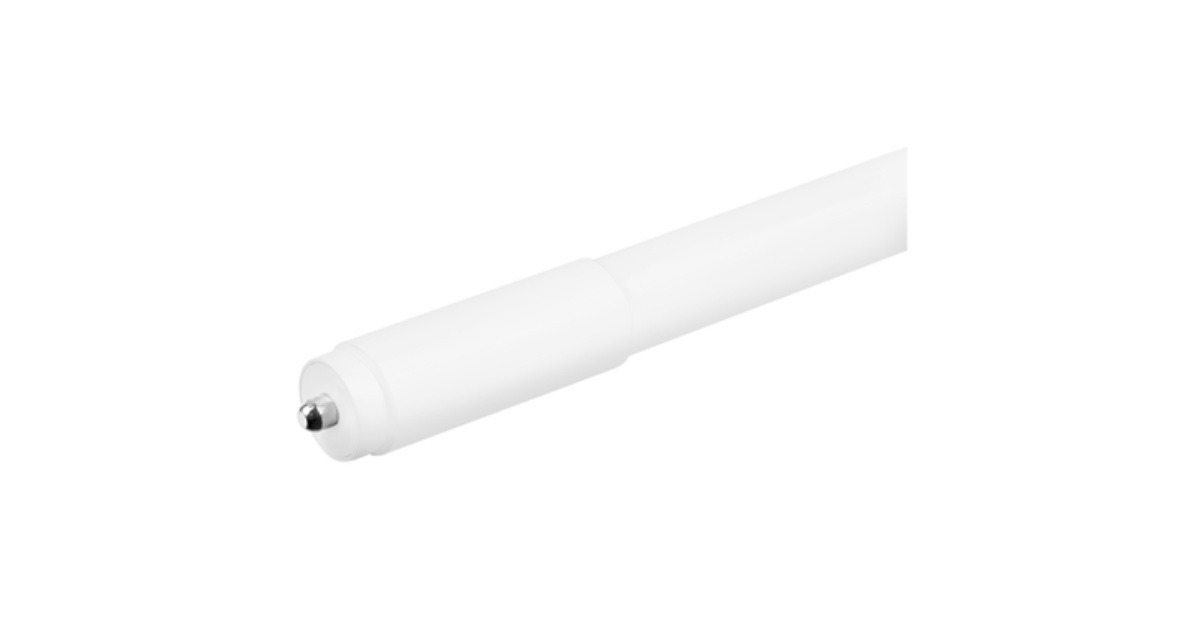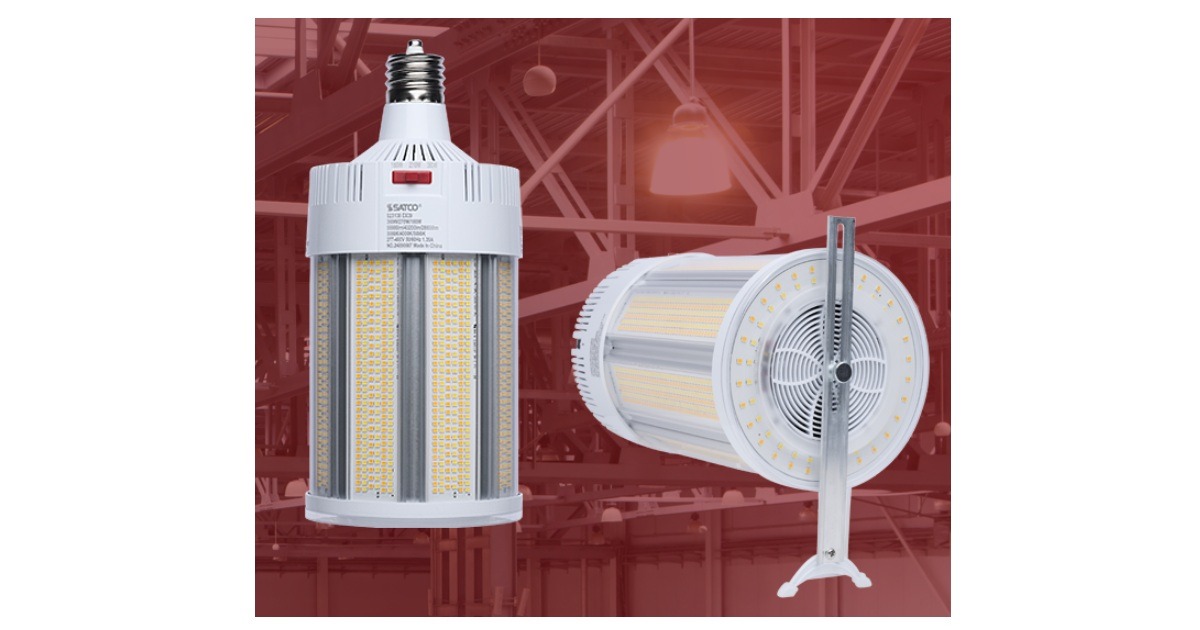DRAFT Testing and Reporting Requirements for LED-based Horticultural Lighting: Version 1.2
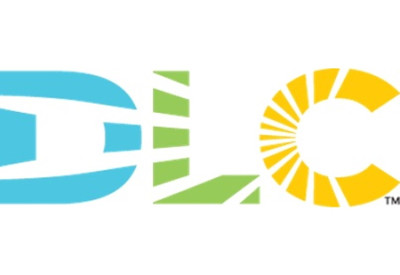
Aug 13, 2019
The DLC is proposing to update three aspects of its application and review process for horticultural lighting products, effective on the planned “minor release” cycle date of October 15, 2019. These updates are meant to improve and expand the range of energy-saving LED-based fixtures available to the horticultural market.
Revision to allow DC-powered fixtures
The first update is to allow qualification of DC-powered fixtures, which had been excluded from the program due to concern about fairly measuring and comparing efficacy and measurement differences with AC-powered fixtures.
The DLC proposes to rely on the already-existing 80PLUS power supply efficiency certification program to meet this need. With several lighting manufacturers in this category already using power supplies tested to this standard, and a global supply chain producing highly efficient power supplies that are certified at wide operating load ranges from 20-100%, relying on this standard can resolve concerns in a way that minimizes additional testing burden and program complexity for all stakeholders.
- Starting on October 15, 2019, the DLC proposes that DC-powered fixtures are eligible for listing on the DLC Horticultural QPL.
- The DLC will choose a reference 80PLUS power supply certification level and corresponding efficiency level, initially proposed as the Platinum level and 92%.
- All DC-powered fixtures will be tested at their manufacturer-specified DC voltage and current. The fixture’s photon flux will not be adjusted, but DLC reviewers will expect to see the fixture’s power increased, and its PPE decreased, by the corresponding factor of 92%, in the fixture’s test report documentation.
- The DLC will recommend that utility programs require:
- The usage of 80PLUS power supplies that are certified at or above the Platinum level as a condition of program participation.
- Electrical code inspection of all projects using DC-powered fixtures to ensure that code-compliant wiring practices are keeping distribution losses to a level equivalent to that encountered in AC-powered fixtures.
Revision to flux maintenance policy
The second update is to the flux maintenance policy. As previously described in past DLC horticultural program revisions and on the DLC website, the DLC will begin requiring flux maintenance data denominated in horticultural-specific units, and will no longer accept lumens or radiometric watts LM-80 or LM-84 reports starting on October 15th, 2019. The DLC has been in close contact with LED device manufacturers, and is confident that the industry is prepared to transition away from legacy performance extrapolation data denominated in human-vision terms.
Products which have previously been approved and listed with legacy terms will still be allowed on the DLC’s Horticultural QPL, but those which used non-PPF terms, and did not provide a static conversion factor to PPF terms, will be asked by DLC program staff to provide updated PPF-based information in the period from October 2019 to April 2020. Any product that does not provide this updated flux maintenance information will be delisted in April 2020.
Revision to TM-33 requirements.
The DLC had originally proposed to require PPID and SQD information in the TM-33 document format starting in October 2019, to replace its current position of requiring this information in a non-standardized graphical format. While use of this document is increasing worldwide, the adoption and production of software tools to work with the TM-33 format is not yet widespread enough for the DLC to require its use at the planned time. Thus, the DLC is proposing to delay its required implementation by one year, to October 2020, and to maintain its current method of reviewing and publishing data on PPID and SQD. Given the in-process state of several different proposed methods of producing application-field mapping information for end users, the DLC is participating in relevant standards bodies and encourages all interested stakeholders to also contribute to this important work.
Go HERE for more information

